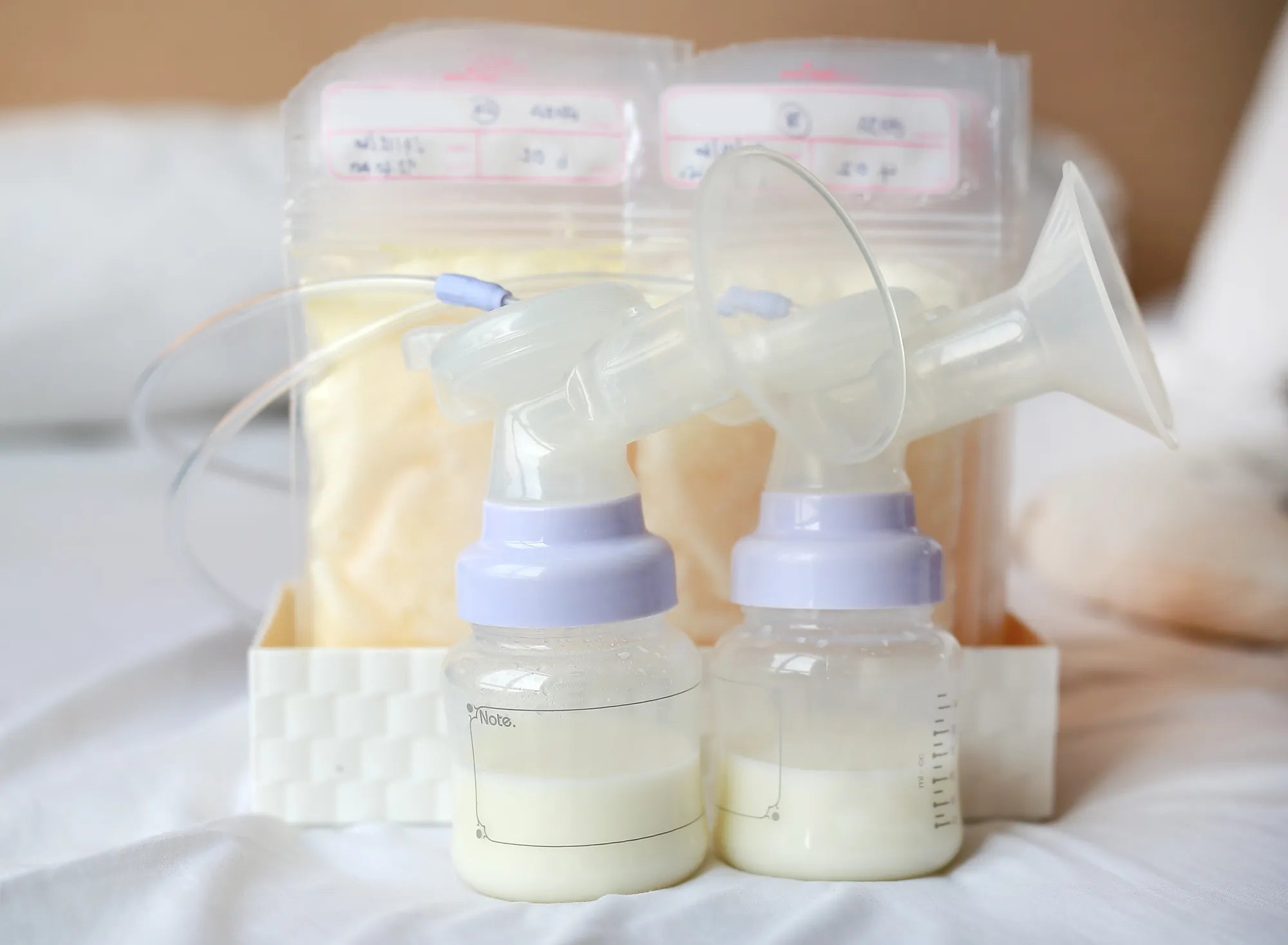Home
Pregnancy, Breastfeeding, and Pumping: The Ultimate Guide for Moms
How to Size Nipple for Breast Pump: A Comprehensive Guide

How to Size Nipple for Breast Pump: A Comprehensive Guide
When it comes to breastfeeding and pumping, comfort and efficiency are paramount. One of the most overlooked yet crucial aspects of using a breast pump is ensuring that the nipple flange is the right size. A poorly fitted flange can lead to discomfort, reduced milk output, and even damage to the nipple tissue. This guide will walk you through everything you need to know about how to size your nipple for a breast pump, ensuring a seamless and effective pumping experience.
Why Proper Nipple Sizing Matters
Using the correct nipple flange size is essential for several reasons. First, it ensures that the breast pump operates efficiently, extracting milk without causing pain or discomfort. Second, a well-fitted flange helps maintain healthy nipple tissue by preventing chafing, bruising, or other injuries. Lastly, the right size can significantly improve milk output, making your pumping sessions more productive.
Understanding Nipple Flange Sizes
Nipple flanges come in various sizes, typically ranging from 21mm to 36mm in diameter. The size you need depends on the diameter of your nipple, not the areola. Most breast pumps come with a standard flange size, but this may not be suitable for everyone. It's important to measure your nipple accurately to determine the correct flange size.
How to Measure Your Nipple for a Breast Pump
Measuring your nipple for a breast pump is a straightforward process. Here's a step-by-step guide:
- Gather Your Tools: You'll need a ruler or a measuring tape with millimeter markings.
- Prepare Your Nipple: Ensure your nipple is in its natural state, not stretched or compressed. You can do this after a warm shower or by gently massaging the breast.
- Measure the Diameter: Place the ruler or measuring tape at the base of your nipple and measure the diameter. Make sure to measure only the nipple, not the areola.
- Determine the Flange Size: The flange size should be 1-2mm larger than your nipple diameter. For example, if your nipple measures 18mm, a 20mm flange would be appropriate.
Common Mistakes to Avoid
When sizing your nipple for a breast pump, there are a few common mistakes to avoid:
- Using the Standard Flange Size: Not everyone fits the standard flange size that comes with most breast pumps. Always measure your nipple to ensure the correct fit.
- Measuring the Areola: The flange size should be based on the nipple diameter, not the areola. Measuring the areola can lead to an incorrect flange size.
- Ignoring Discomfort: If you experience pain or discomfort while pumping, it could be a sign that your flange is the wrong size. Don't ignore these symptoms; remeasure and adjust as needed.
Signs Your Flange Size is Incorrect
Using the wrong flange size can lead to several issues. Here are some signs that your flange may not be the right fit:
- Pain or Discomfort: If you experience pain during or after pumping, your flange may be too small or too large.
- Reduced Milk Output: A poorly fitted flange can reduce milk output, as the pump may not be able to extract milk efficiently.
- Nipple Damage: Chafing, bruising, or other damage to the nipple tissue can occur if the flange is the wrong size.
How to Adjust Your Flange Size
If you suspect your flange size is incorrect, it's important to adjust it as soon as possible. Here's how:
- Remeasure Your Nipple: Double-check your nipple diameter to ensure accuracy.
- Choose the Correct Flange Size: Select a flange that is 1-2mm larger than your nipple diameter.
- Test the New Flange: Use the new flange during your next pumping session to see if it improves comfort and milk output.
Tips for a Comfortable Pumping Experience
In addition to using the correct flange size, there are several other tips to ensure a comfortable and efficient pumping experience:
- Use Lubrication: Applying a small amount of nipple cream or oil can reduce friction and make pumping more comfortable.
- Adjust the Pump Settings: Start with a low suction setting and gradually increase it to a comfortable level.
- Take Breaks: If you're pumping for an extended period, take short breaks to rest your breasts and nipples.
When to Seek Professional Help
If you've tried adjusting your flange size and are still experiencing discomfort or reduced milk output, it may be time to seek professional help. A lactation consultant or healthcare provider can provide personalized advice and help you find the right flange size for your needs.
Properly sizing your nipple for a breast pump is a simple yet crucial step that can make a world of difference in your pumping experience. By following this guide, you can ensure that your flange fits perfectly, leading to greater comfort, efficiency, and milk output. Don't let an ill-fitting flange stand in the way of your breastfeeding journey—take the time to measure and adjust as needed for the best results.
Share


